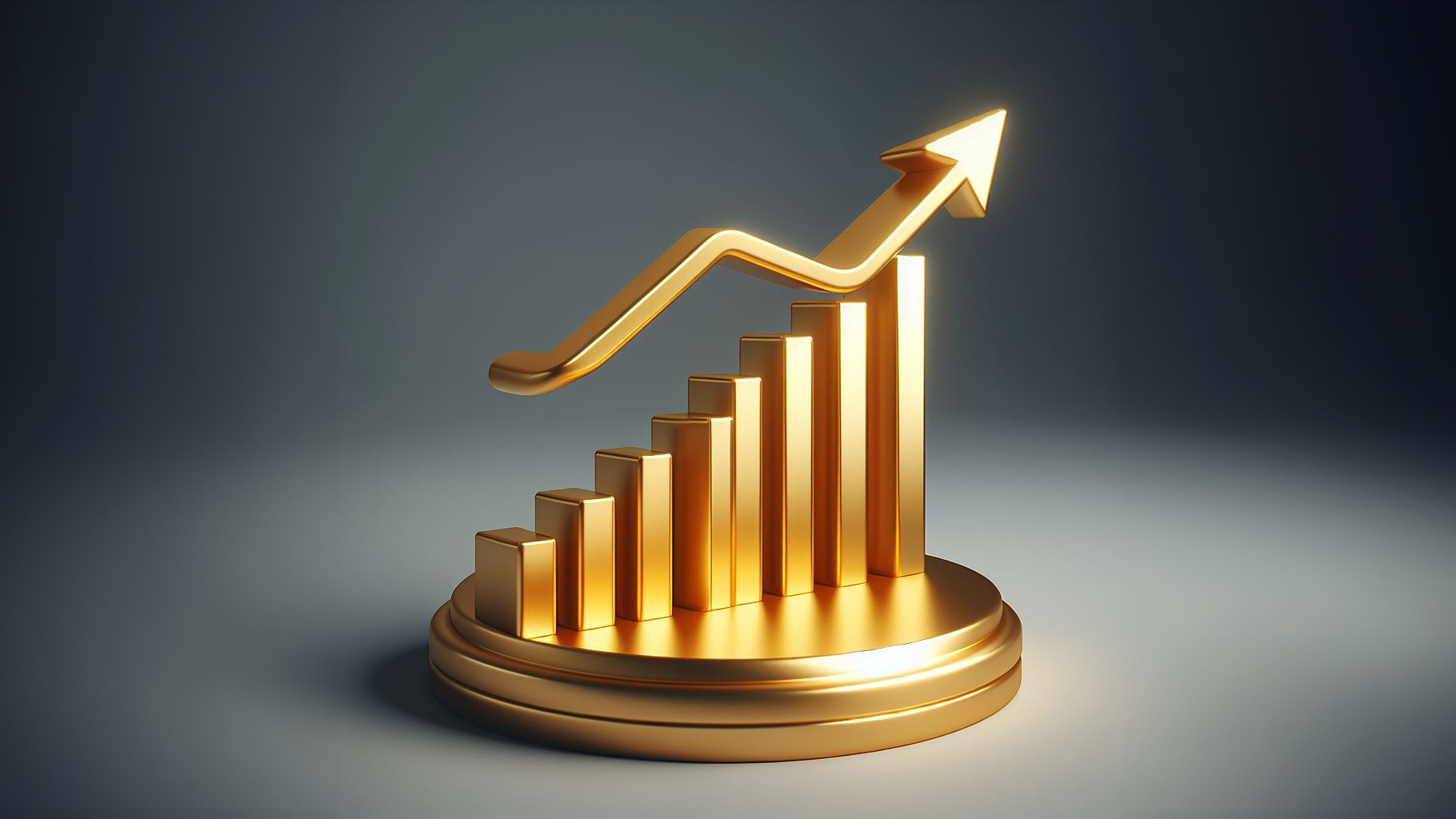Amid emerging signs of economic resilience and markets getting used to a “higher for longer” rates regime, risk sentiment may be turning as we approach the year-end with potential upside for global equities, according to UBS Wealth Management.
However, the fact remains that it has been a tough year for ASX juniors, with most ASX indices down year to date and liquidity hard to find.
So when equity markets are tough and the macro environment points to a recession, do investors abandon their adoption of Environmental, Governance and Social (ESG) strategies? Not at all, according to the recent study by global fund manager Capital Group of 1,130 global investors across 25 different countries.
Global adoption of ESG strategies in 2023 has reached a new high, as 90% of funds surveyed consider ESG as part of their investment approach. The percentage of “conviction” investors describing sustainable strategies as central to their investment thesis is stable year-on-year at 26% of global funds.
Capital Group notes that there is regional variation within the numbers. The US saw a modest decline in adoption year-on-year, and despite only 9% of funds reporting ESG as central to their strategy, one in seven still apply these considerations in their investment approach.
What is driving ESG adoption? Is it the proverbial “stick” of increasing regulation, or the “carrot” represented by investors wanting their money put to work making the world a better place? It seems to be a little bit of both.
There is no doubt that regulatory compliance now reflects an increasing number of new ESG rules for investors. In Europe, there is the EU Taxonomy, the Corporate Sustainability Directive and the latest version of the Sustainable Finance Disclosure Regulation. The US Securities and Exchange Commission has proposed new ESG fund disclosure rules and Australia’s Federal Treasury is currently finalising its climate-related disclosure framework for financial institutions and companies.
A recent report by Goldman Sachs looked at European fund flows 2 years on from the launch of the EU Sustainable Finance Disclosure Regulation (SFDR), where Article 8 funds are defined as those promoting ESG characteristics and Article 9 funds have a specific sustainable investment objective.
Since 2019, Article 8 and 9 funds have received 3.4x the cumulative inflows vs non-ESG counterparts with more than 60% of equity assets under management (AuM) categorised under Article 8 & 9.
Fund managers told Goldman that they find it increasingly difficult to market non-ESG Article 6 funds, driving all funds towards Article 8 at a minimum. 435 funds have been upgraded from Article 6 to 8 across equity and fixed income year-to-date in 2023, representing $131bn in AuM. The pool of non-ESG funds is diminishing.
It’s not just Europe where investors are checking “green” when allocating their capital to funds. While Europe leads the way with 46% of total AuM dedicated to ESG investment – asset owners in the APAC region dedicate around 41% of AuM, while North America is 36%, according to fund analysis by Morningstar.
Furthermore, Capital Group reports that investors outside of Europe are already invested in EU SFDR Article 9 funds, with North American investors reporting 22% currently invested and Asia Pacific at 36%.
Taken all together, ESG strategies continue to represent a sizeable (and increasing) proportion of global assets under management, and in markets where capital is scarce, this is not a segment to be ignored.
White Noise communications is provided a fee for service working with companies which may have exposure to commodities or securities mentioned in these articles. All articles are the opinion of the author and are not endorsed by, or written in collaboration with, our clients.
Photo by Noah Buscher






